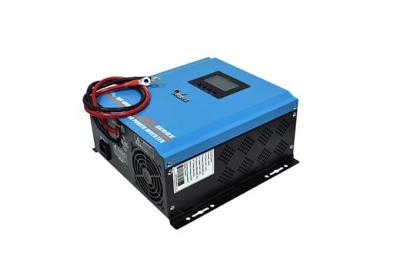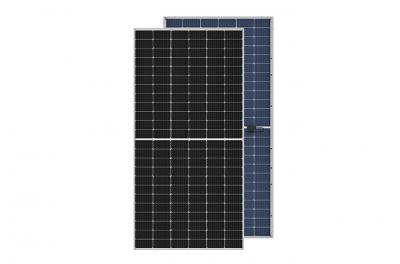
Nowadays, with the increase in electricity prices due to the energy crisis and the reduction in returns caused by the adjustment of photovoltaic power generation subsidies, more and more families are choosing to install energy storage systems.10kw solar battery serves as the foundation of energy storage systems, so selecting a suitable battery has become a significant concern for many users.
Currently, mainstream household solar batteries can be divided into two major categories: lithium batteries and lead-acid batteries. Lithium batteries dominate the market, while lead-acid batteries are gradually fading out.
Lithium batteries primarily include lithium iron phosphate, ternary lithium, and lithium titanate. Lithium iron phosphate batteries account for over 90% of household lithium storage batteries. They have a relatively high energy density of around 160wh/kg, a long cycle life of 6000-8000 cycles, stable structure, and low safety risks, making them widely popular. Compared to lithium iron phosphate batteries, ternary lithium batteries have a higher energy density, exceeding 200wh/kg,greater power density, but are relatively unstable, prone to thermal runaway, have only about 2000 cycles, and are more expensive. Lithium titanate batteries are high-performance lithium batteries,with energy density between ternary lithium and lithium iron phosphate, stable structure, lower safety risks, and a cycle life of up to 15000-20000 cycles, but at a very high cost, making them extremely expensive.
Lead-acid batteries are further divided into traditional lead-acid batteries and gel batteries. Traditional lead-acid batteries are the lowest in cost,cheapest, but have very low energy density,at only 30-60wh/kg, with a cycle life of only 200-300 cycles, and also carry certain safety risks. Gel batteries, compared to traditional lead-acid batteries, have greatly improved energy density, reaching about 100wh/kg, a cycle life of 800-1500 cycles, and are much safer to use.
In summary,if a household needs to install a long-term energy storage system,lithium iron phosphate batteries and gel batteries are better choices. Lithium iron phosphate batteries are more expensive than gel batteries,but their cycle life can last for 10 years or more,making overall usage costs lower. If the family is more price-sensitive,gel batteries are also a good option,being 20%-30% cheaper than lithium batteries, and much more efficient than traditional lead-acid batteries, meeting the needs of most households. For those who only need short-term usage, traditional lead-acid batteries can be considered. Due to frequently reported thermal runaway incidents, ternary lithium batteries are gradually exiting the household storage field, and due to the high cost of lithium titanate batteries, they are generally not considered outside of special applications.
10kw solar battery can be classified into low-voltage and high-voltage based on its connection method in the circuit. This high and low voltage does not refer to their numerical values but the way they are connected within the entire system.
Low-voltage solar batteries usually have a voltage between 48-60v. When used, the batteries cannot be connected in series (i.e., the voltage remains the same regardless of how many batteries are connected); hence, the batteries are classified as the low-voltage part of the system, forming a low-voltage energy storage system. Low-voltage solar batteries require lower BMS standards and are more mature in technology, thus are cheaper, but the energy loss of the entire system is greater, the battery charges slower, and there may be insufficient power for high-load situations.
High-voltage solar batteries usually have a voltage between 80-100v. Some manufacturers may make them lower or higher. When used, high-voltage batteries can be connected in series to boost the voltage, ultimately reaching around 400-600v (household storage). Hence, the batteries are classified as the high-voltage part of the system, forming a high-voltage energy storage system. High-voltage solar batteries require higher BMS standards and safety measures, making them more expensive but with lower energy loss, faster charging rates, and capable of supporting higher power loads.
In summary, for families with more members, higher power loads, and higher charging time requirements, a high-voltage 10kw solar battery should be considered, while for others, low-voltage solar batteries are recommended.
The choice of battery capacity mainly depends on the electricity consumption during power outages. As for factors like battery appearance and installation methods, which are not closely related to the battery characteristics, customers can select according to their personal preferences.


